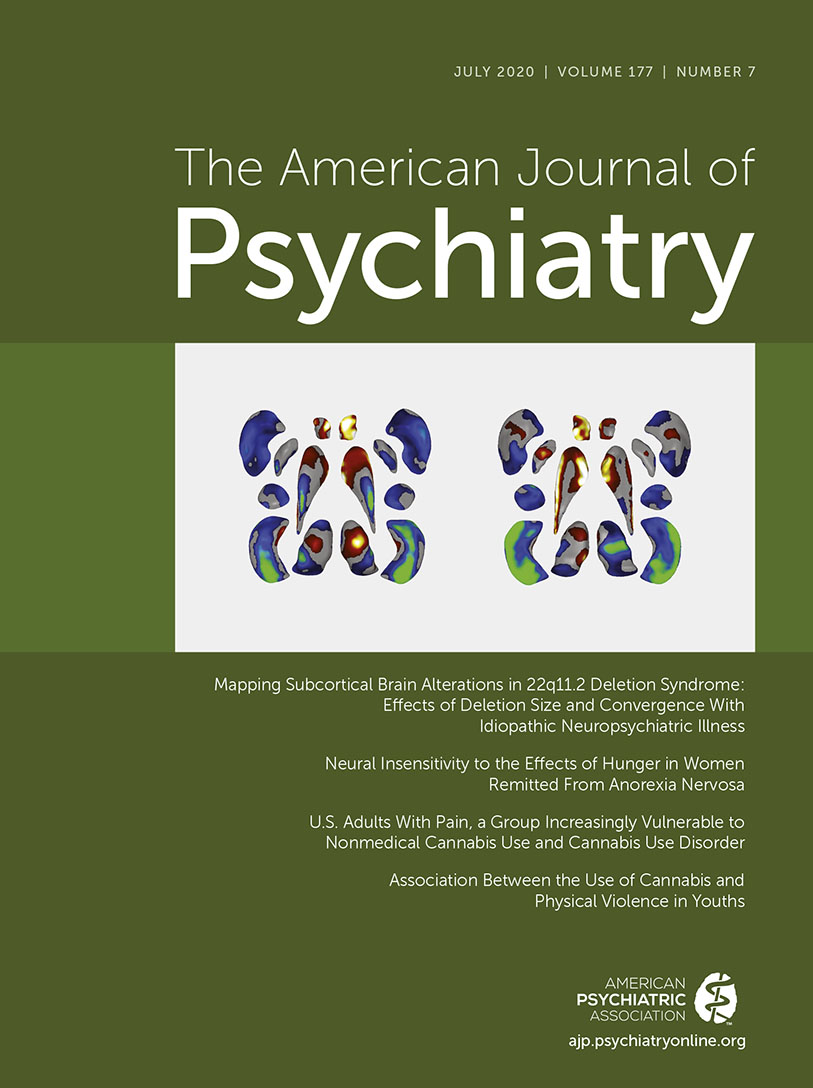A Prehistory of the Diathesis-Stress Model: Predisposing and Exciting Causes of Insanity in the 19th Century
Abstract
Histories of the diathesis-stress model trace its origins to the 1950s. However, of 26 psychiatric texts published between 1800 and 1910, 17 noted that causes of insanity could be usefully divided into those that predispose to illness and those that excite onset. In this “predisposition-excitation framework” (PEF) for the etiology of insanity, hereditary or constitutional factors were critical predisposing causes, but education, occupation, sex, and marital status were typically included as well. Psychological traumas were key exciting causes, but so were somatic diseases, pregnancy, and substance abuse. The PEF was often used to explain the diversity of individual responses to adversity. While single dramatic events often excited onset, daily repetition of lesser shocks could also bring on insanity. Matching could occur between predisposing and exciting causes in individuals who had “special susceptibilities.” Predispositions could lead to “affects, passions, and perverse manner of life,” which became exciting causes. Authors emphasized that it was easier to prevent exposures to exciting causes than to reverse predispositions. A thought experiment of an individual “transplanted early into new and different social conditions” anticipated models of primary prevention. Ratings of predisposing and exciting causes were mandated in the United Kingdom from 1878 to 1887 and at several U.S. psychiatric hospitals in the early 20th century. The PEF was far more stable over place and time in the 19th century than any psychiatric nosologic system. Contrary to the doctrinaire schools of psychoanalytic and biological psychiatry that dominated much of 20th-century psychiatry, the PEF proposed a flexible, developmental, and pluralistic view of etiologic pathways to psychiatric illness.



